#Afghanistan History
Photo

(EN) Historical item of the week⌛️
The Foot of Zeus
This fragment of a colossal statue of the Greek god Zeus sculpted around the 3rd century BC, may have belonged to a copy of the famous statue at Olympia. The foot was found in the temple of the god located in the archaeological site of Ai Khanoum, present-day Afghanistan. Alexandria Oxiana, was located there, one of the cities founded in the Greek expansion through Asia after the conquest of the Persian empire. Today it can be seen in the National Museum of Afghanistan in Kabul.
(Es) Objeto histórico de la semana⌛️
El pie de Zeus
Este fragmento de una estatua colosal del dios griego Zeus creada sobre el siglo III AC, quizá pertenecía a una copia de la famosa estatua de Olimpia. El pie fue encontrado en el templo del dios ubicado en el sitio arqueológico de Ai Janum, actual Afganistán. Allí se ubicaba Alejandría de Oxo, una de las ciudades fundadas en la en la expansión griega por Asia tras la conquista del imperio persa. Hoy puede verse en el Museo Nacional de Afganistán, en Kabul.
#history#historia#zeus#foot of zeus#ai khanoum#alexandria oxiana#afghanistan#national museum of afghanistan#kabul#3rd century bce#asian history#afghanistan history#greek history
38 notes
·
View notes
Text
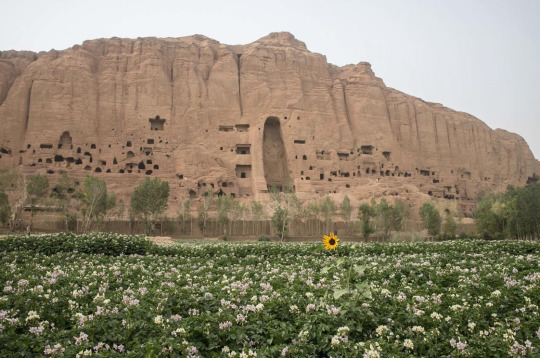
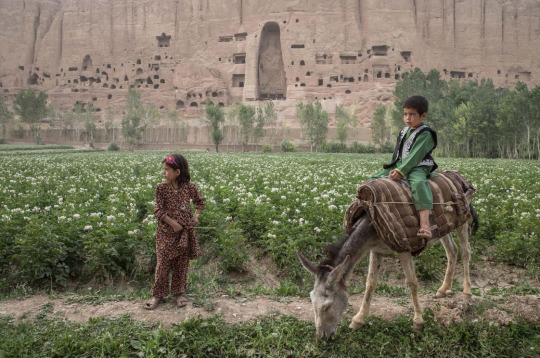
afghanistan
oriane_zerah_photo
#afghanistan#landscape photography#nature photography#architecture#history#ancient history#photojournalism#documentary photography#curators on tumblr
2K notes
·
View notes
Text

#freedom#signal boost#free palestine#media#western media#drc#democratic republic of the congo#sudan#oppression#history#facts#colonisation#imperialism#iraq#afghanistan#syria
3K notes
·
View notes
Photo

Dress
1960s
Afghanistan or Uzbekistan
Museum of Fine Arts, Boston
#dress#fashion history#vintage fashion#1960s#non western fashion#20th century#1960#1965#1969#purple#orange#silk#afghanistan#uzbekistan#embroidery#floral#museum of fine arts boston#mfa boston#popular
3K notes
·
View notes
Text

Pictured from left to right: Cpl. Hunter Lopez, HM3 Max Soviak and Cpl. Daegan Page, assigned to 2nd Battalion, 1st Marine Regiment while serving in Kabul, Afghanistan.
All three men lost their lives during the suicide bombing at the Kabul airport, on August 26, 2021.
Fair winds and following seas to these brave warriors and to their fellow service members who gave their lives to help protect and save others. Your sacrifice was not in vain and you will never be forgotten. Semper Fi. 🦅🌎⚓️
(Photo is courtesy of Max Soviak’s Instagram)
#usmc#us marines#infantry#grunts#kabul#airport#afghanistan#military#history#rest in peace#never forgotten
189 notes
·
View notes
Text
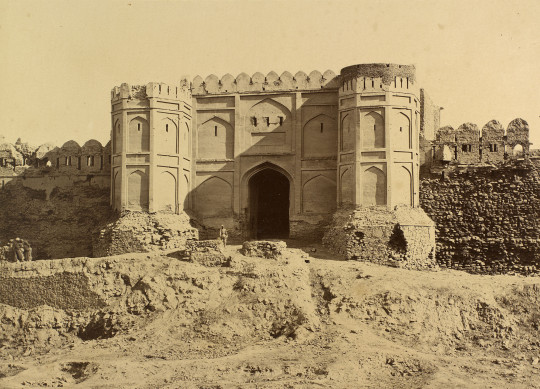
Bala Hissar gate in Kabul, Afghanistan, circa 1880.
983 notes
·
View notes
Text
Middle Eastern kids deserve to wake up to the sounds of birds chirping, not bombs and airstrikes
Middle Eastern kids should be carrying books and flowers, not the dead bodies of their loved ones
Middle Eastern kids deserve to run the streets in joy and laughter, not run away from bombs
#Makes me so sad to think of everything this region went through#especially the children#a region with so much rich history and the cradle of civilization yet so much sadness and pain and conflicts#Iran#middle east#west asia#war#palestine#syria#iraq#afghanistan#politics#yemen#israel#lebanon#assyria#kurdistan
118 notes
·
View notes
Text





Bone mounted flintlock jezail, Afghanistan, 19th century
from Hermann Historica
144 notes
·
View notes
Text

Pro at playing victim.
#free palestine#palestine#gaza#occupied palestine#free gaza#justice for palestine#gaza strip#palestine lives matter#save palestine#afghanistan#nativeamericans#african american#world history#history#israel is not the victim#us government#america#do not be silent#fuck israel#fuck usa#victim card#justice for palestinians#tel aviv#zionsim is terrorism#israel is the new nazis
136 notes
·
View notes
Text

Buddha statue meticulously carved into the stone 1500 years ago, Bamyan Valley (Afghanistan), destroyed by the Islamic State.
This is Islam.
#israel#secular-jew#jewish#judaism#israeli#jerusalem#diaspora#secular jew#secularjew#islam#afghanistan#bamyan valley#buddha#buddha statue#Taliban#Islamic jihad#jihad#jihadis#Islamists#Islamist#destroyers of history
81 notes
·
View notes
Text



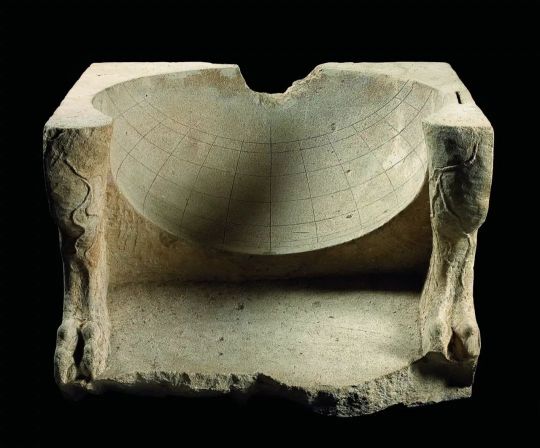
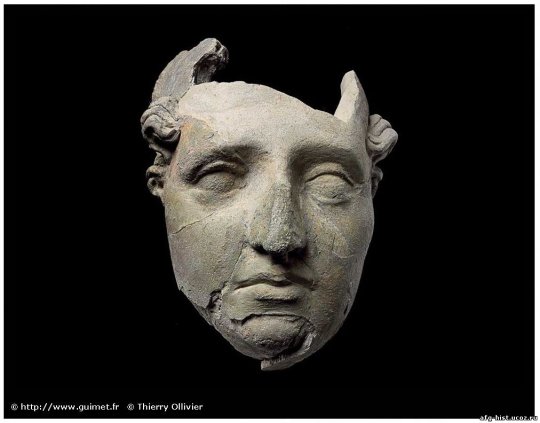
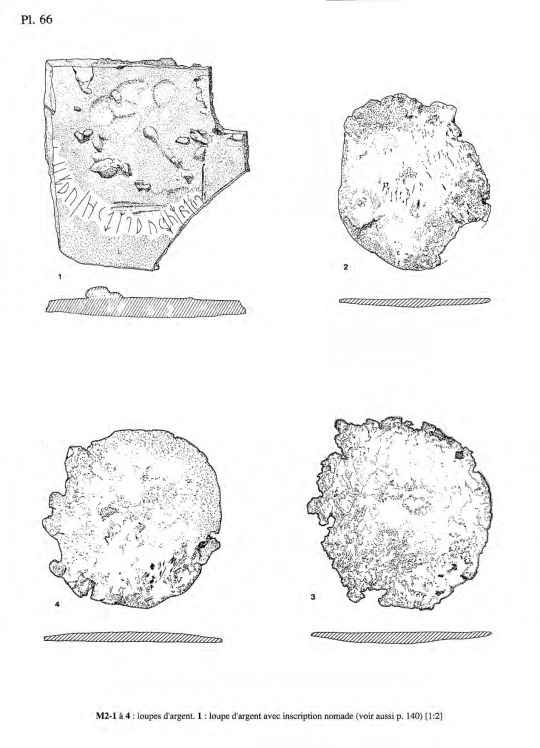
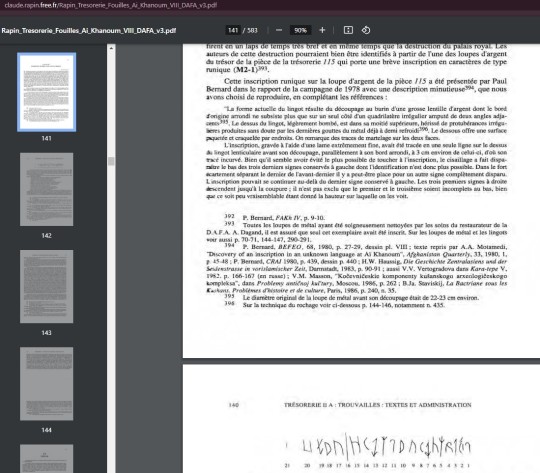
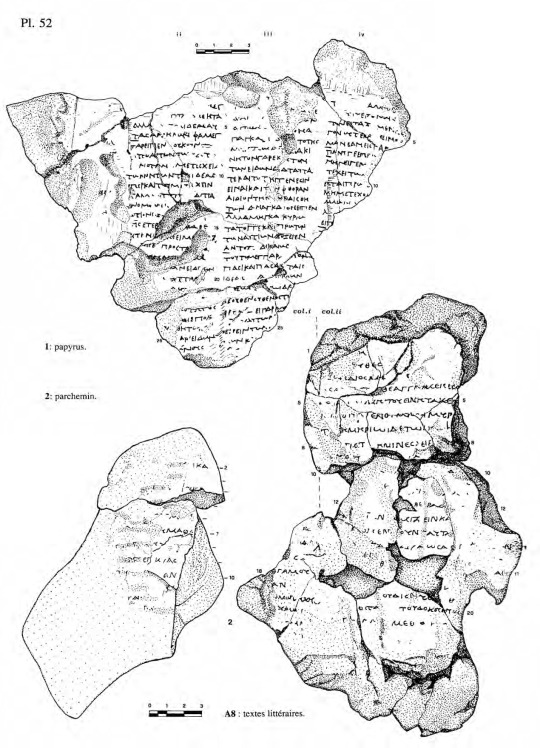
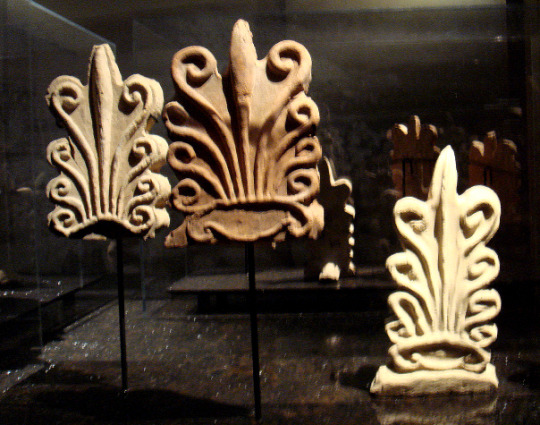





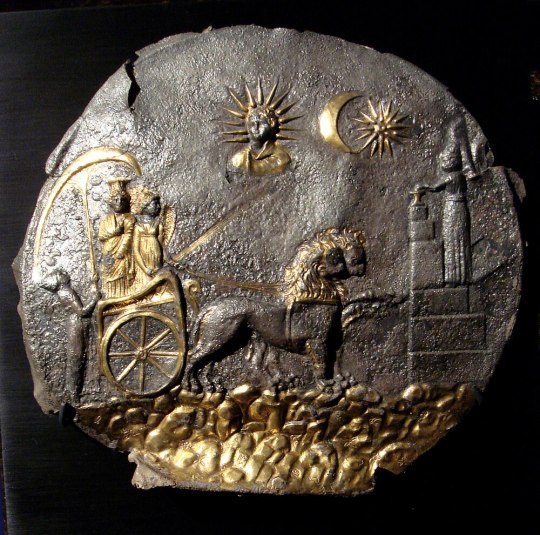

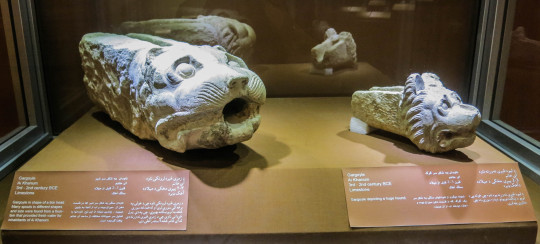

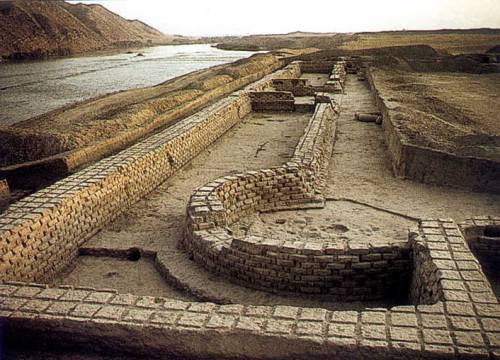



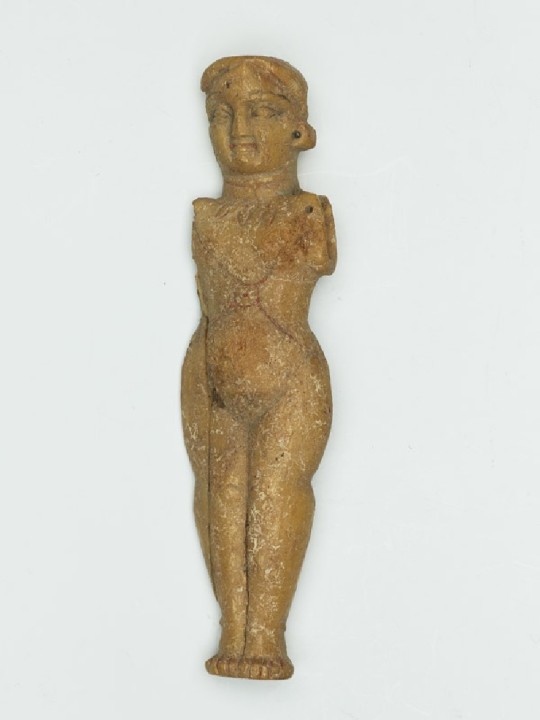





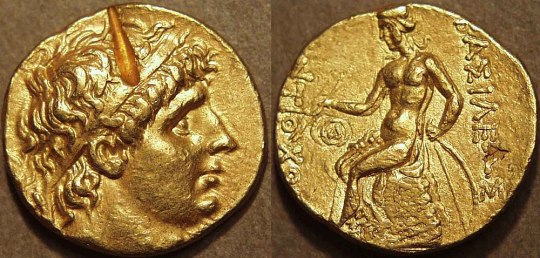

Ai Khanoum 3rd C. BCE - 2nd C. CE. More images on my blog, link at bottom.
"These wise sayings of men of old,
The words of famous men, are consecrated
At holy Delphi, where Klearchos copied them from carefully
To set them up, shining from afar, in the sanctuary of Kineas.
As a child, be well behaved;
As a young man, self-controlled;
In middle age, be just;
As an elder, be of good counsel;
And when you come to the end, be without grief.
—trans. of Ai Khanoum stele by Shane Wallace and Rachel Mairs.
Ai-Khanoum (/aɪ ˈhɑːnjuːm/, meaning Lady Moon; Uzbek Latin: Oyxonim) is the archaeological site of a Hellenistic city in Takhar Province, Afghanistan. The city, whose original name is unknown, was likely founded by an early ruler of the Seleucid Empire and served as a military and economic centre for the rulers of the Greco-Bactrian Kingdom until its destruction c. 145 BC. Rediscovered in 1961, the ruins of the city were excavated by a French team of archaeologists until the outbreak of conflict in Afghanistan in the late 1970s.
The city was probably founded between 300 and 285 BC by an official acting on the orders of Seleucus I Nicator or his son Antiochus I Soter, the first two rulers of the Seleucid dynasty. There is a possibility that the site was known to the earlier Achaemenid Empire, who established a small fort nearby. Ai-Khanoum was originally thought to have been a foundation of Alexander the Great, perhaps as Alexandria Oxiana, but this theory is now considered unlikely. Located at the confluence of the Amu Darya (a.k.a. Oxus) and Kokcha rivers, surrounded by well-irrigated farmland, the city itself was divided between a lower town and a 60-metre-high (200 ft) acropolis. Although not situated on a major trade route, Ai-Khanoum controlled access to both mining in the Hindu Kush and strategically important choke points. Extensive fortifications, which were continually maintained and improved, surrounded the city.
Many of the present ruins date from the time of Eucratides I, who substantially redeveloped the city and who may have renamed it Eucratideia, after himself. Soon after his death c. 145 BC, the Greco-Bactrian kingdom collapsed—Ai-Khanoum was captured by Saka invaders and was generally abandoned, although parts of the city were sporadically occupied until the 2nd century AD. Hellenistic culture in the region would persist longer only in the Indo-Greek kingdoms.
It is likely that Ai-Khanoum was already under attack by nomadic tribes when Eucratides was assassinated in around 144 BC. This invasion was probably carried out by Saka tribes driven south by the Yuezhi peoples, who in turn formed a second wave of invaders, in around 130 BC. The treasury complex shows signs of having been plundered in two assaults, fifteen years apart.
Although the first assault led to the end of Hellenistic rule in the city, Ai-Khanoum continued to be inhabited; it remains unknown whether this reoccupation was effected by Greco-Bactrian survivors or nomadic invaders. During this time, public buildings such as the palace and sanctuary were repurposed as residential dwellings and the city maintained some semblance of normality: some sort of authority, possibly cultish in origin, encouraged the inhabitants to reuse the raw building materials now freely available in the city for their own ends, whether for construction or trade. A silver ingot engraved with runic letters and buried in a treasury room provides support for the theory that the Saka occupied the city, with tombs containing typical nomadic grave goods also being dug into the acropolis and the gymnasium. The reoccupation of the city was soon terminated by a huge fire. It is unknown when the final occupants of Ai-Khanoum abandoned the city. The final signs of any habitation date from the 2nd century AD; by this time, more than 2.5 metres (8.2 ft) of earth had accumulated in the palace.
While on a hunting trip in 1961, the King of Afghanistan, Mohammed Zahir Shah, rediscovered the city. An archaeological delegation, led by Paul Bernard, unearthed the remains of a huge palace in the lower town, along with a large gymnasium, a theatre capable of holding 6,000 spectators, an arsenal, and two sanctuaries. Several inscriptions were found, along with coins, artefacts, and ceramics. The onset of the Soviet-Afghan War in the late 1970s halted scholarly progress and during the following conflicts in Afghanistan, the site was extensively looted."
-taken from Wikipedia
...
"The silver ingot engraved with runic characters found during the excavations of the Treasury could suggest they were Sakā/Sai. This inscription comprises 21 characters of a script and a language that are unknown and both attributed to nomadic people of Sakā origin, by comparison with a dozen similar inscriptions coming from an area extending from Ghazni in Afghanistan to Almaty in Kazakhstan, and dated between the 5th century BC and the 8th century AD."
-taken from Ai Khanoum after 145 BC: The Post-Palatial Occupation by Laurianne Martinez-Sève, University of Lille, 2018
#ancient history#antiquities#art#paganism#statue#museums#sculpture#history#greek art#greek gods#ancient greek#greek myth#scythian#pagan#ancient art#afghanistan
193 notes
·
View notes
Photo

Oxus
The Oxus is a river, today called Amu Darya in its western part and Wakhsh in its eastern parts, which flows for a length of 2400 km across modern Tajikistan, Afghanistan, Turkmenistan and Uzbekistan into Lake Aral. In Ancient times it crossed the regions Fergana, Bactria, Oxeiana, Sogdiana and Khiva.
The Oxus and the Iaxartes are called twin rivers, because of their same destination, almost similar trajectories and because they both are thankless rivers, naturally irrigating only very few areas through which they flow. However, like the Iaxartes, the Oxus allowed large-scale irrigation systems which was the main reason of its area's rich history.
The Oxus was the nucleus of the successive Bactrian civilizations and kingdoms. The river was the borderline between the Persian satrapy of Sogdiana northward and Bactria southward, whereas the western part belongs to nomads. Several cities were founded here, mostly known under their Greek names, like Alexandreia Oxeiana (actual Termez).
Alexander the Great came across the river three times between 329 and 327 BC. Later, the Eastern part of the Oxus was the nucleus of the Greco-Bactrian kingdom, whereas the western part, especially the Khiva Oasis, was the land of the Parni, who later became the Parthians invading the Seleucid empire.
Continue reading...
46 notes
·
View notes
Text
The Greeks adopted the worship of the Anatolian mother goddess Cybele as they settled in Asia Minor, merging her with their own mother goddess, Rhea.
This Greek relief of Cybele from the 300s BCE shows her in her Anatolian and her Greek forms. The Anatolian version of her sits with a lion at her feet; the Greek one is a little less wild, holding only a bowl for making offerings to the gods.

Here’s another Greek depiction of Cybele, seated in her typical style with a little lion (this one’s kind of adorable rather than intimidating) in her lap.

The Greeks spread the worship of Cybele all over the Mediterranean — first through their colonies and trade networks, and then through empire. After Alexander the Great conquered the “known world,” taking his armies to the banks of the Indus River, he left behind Greeks and Greek culture, including Cybele, all over western Asia.
That’s how Cybele ended up in a place you might not expect — Ai-Khanoum in Takhar Province, Afghanistan.
Ai-Khanoum was a major outpost for the Greek empires that succeeded Alexander’s. At Ai Khanoum, archaeologists found this stunning plate showing Cybele riding in a chariot next to Nike, the god of victory, under the watchful eye of the sun god. The chariot is pulled by a pair of lions.

{WHF} {Ko-Fi} {Medium}
351 notes
·
View notes
Text
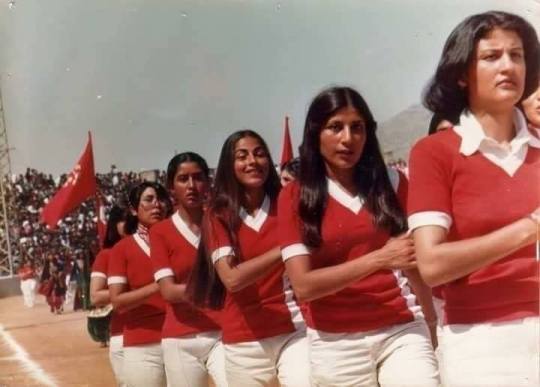


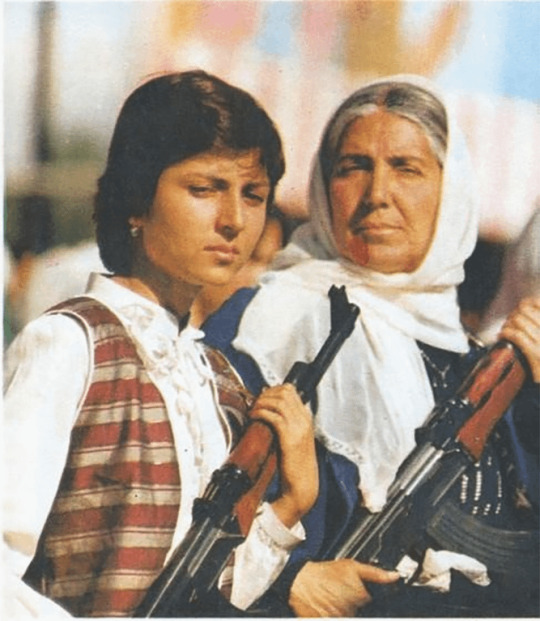
Women of the Democratic Republic of Afghanistan, 1980s
The Taliban regime in Afghanistan, which first came to power in the mid-1990s, is known for its brutal suppression of women's rights and freedoms. One of the groups that was particularly targeted were women who held positions of power and influence under previous regimes, including the Marxist-Leninist Democratic Republic of Afghanistan (DRA) which was led by the People's Democratic Party of Afghanistan (PDPA) from 1978 to 1992.
The PDPA pursued a progressive agenda, including the promotion of women's rights. They encouraged women to work in various sectors, including education, and women professors and academics were prominent in universities and colleges. These reforms, however, faced fierce resistance from traditional and religious groups, including the mujahideen fighters who later formed the core of the Taliban.
When the Taliban seized power, they implemented a strict interpretation of Sharia law, which severely restricted women's rights. Women were barred from employment, including teaching positions, and were not allowed to study in schools or universities. The Taliban also sought to erase the legacy of the PDPA, including the advancements it had made in the area of women's rights.
216 notes
·
View notes
Text

U.S. Marines with Special Purpose Marine Air-Ground Task Force - Crisis Response - Central Command, take a moment to rest during the evacuation at Hamid Karzai International Airport, Kabul, Afghanistan on August 21, 2021.
Five days later, 13 of their comrades would lose their lives in a suicide bombing. We shall never forget their courage and sacrifice. Semper Fi.
(Photo by Staff Sgt. Victor Mancilla)
150 notes
·
View notes
Text

Ruins of the palace at Bala Hissar, Kabul, Afghanistan, circa 1880.
263 notes
·
View notes